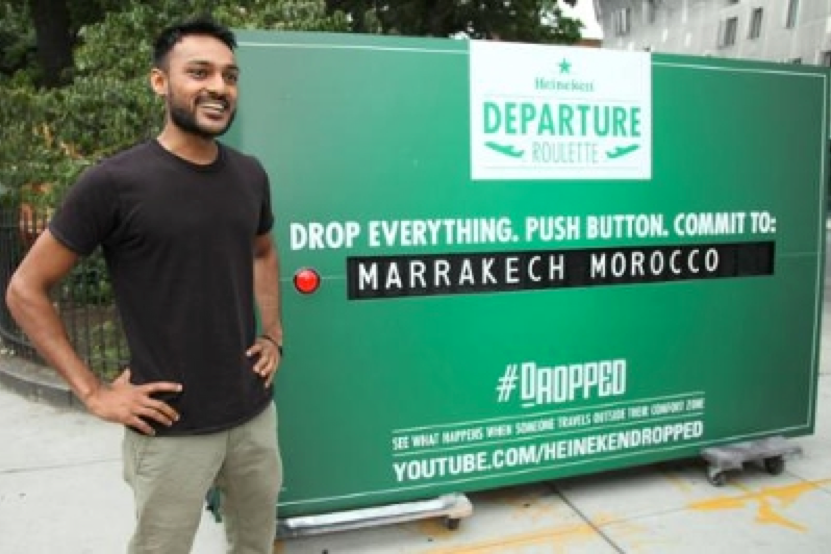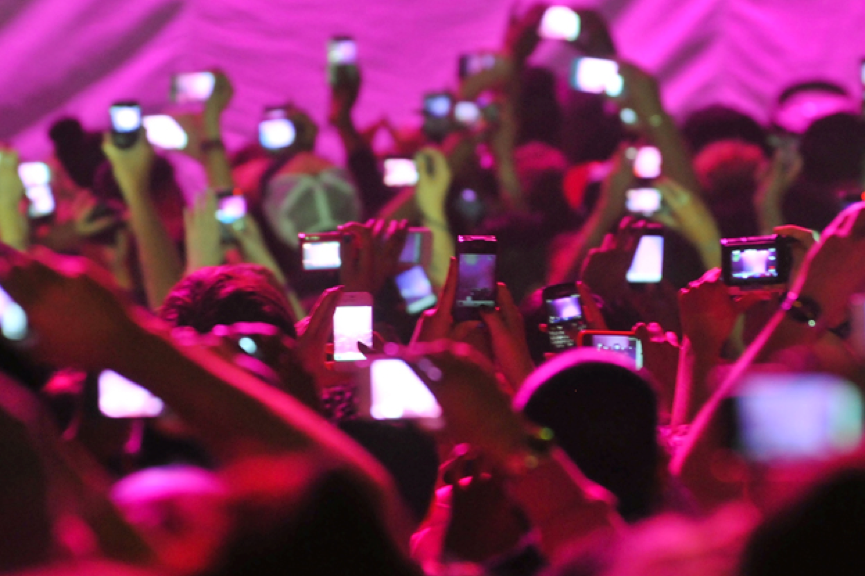Experiential Marketing
How To Reach Socially (Dys)Functional Consumers Via Experiential Marketing
For all of those of you out there who religiously follow my blogs (wink wink – silence), you will be pleased to know that the last one seamlessly meshes into this – discussing how certain brands have taken the cluttered media landscape of our modern times, and found useful ways to connect with existing and potential fans.
Experiential marketing is one approach that allows for endless creativity and connects brands with their audience in exciting and immersive ways.
We live in the culture of now. We are always ‘on’. This is wonderful news for brands: one immersive, fun Experiential Marketing idea with up to 500 people engaged could mean that over 5 million social media users see it, feel it and experience it via Instagram, Twitter, Facebook etc.
Some brands have created great campaigns that have gone beyond traditional media into experiential marketing via social media routes. Aside from any with stratospheric reach, there was also Heineken’s Departure Roulette campaign.

Heineken’s Departure Roulette campaign.
This idea promoted Heinken’s adventurous spirit and sense of risk taking to a brand new audience.
Heineken set up a Departure Roulette board at the airport, informing travellers they could trade in their airline tickets for wherever they were about to fly to, and agree to go to whatever destination the Departure Roulette board randomly turned up. They were just … #dropped.
Result was a huge social media presence of Heineken hashtagging – plus a whole new audience of travel-spirited people imbibing the beer and all it claimed to stand for.
KLM Royal Dutch Airlines used a puppy-powered viral video in a unique experiential marketing online campaign back in 2014.
The airline shows a lost and found service at Amsterdam Airport using a beagle named Sherlock to return misplaced iPhones and toys and comfort anxious fliers. The ad racked up more than 1.8 million views on YouTube within the first few days of the campaign, and a staggering 22,207,546 views (well, maybe 22,207,547 views by now) to date.
Such campaigns create a unique experience for consumers, and connect with people on an emotional level – the key to successful experiential marketing campaigns.
It is glaringly obvious in our technology-led, fast-paced, swiping left, right and centre world that different forms of experiential marketing like viral videos, installations, and live events would not have an effective vehicle without social media. Such campaigns are brand ‘conversation starters’, and allowing your fans to be a part of such a dialogue is vital in building Brand Love.
Being active on social media ensures that your brand is always connected with potential ambassadors, and you can leverage such social relationships to promote all your experiential marketing campaigns.
As we have already explored, when people have memorable experiences, they naturally want to tell others about it. This is where linking social media and experiential marketing truly pays off.
Brands are now using that modern FOMO thing to their advantage: creating tools for attendees to share what they’re experiencing on social media.
For an old school, ‘real’ experience-lover, I find it depressing and slightly unnerving that the millenials and Gen Ys of today spend their whole time “having an experience” through the lens of their smartphone. A sea of phones held aloft at a live concert is the Norm.

A sea of phones held aloft at a live concert is the Norm.
As Joan Coraggio, group director of brand integration at Saatchi & Saatchi LA, so rightly points out: “Ten years ago you’d go to an event and turn your phone off. Now, you consider your mobile an essential part of the experience.”
So, for brands, which feed off user-generated content to fill their own social feeds, this is amazing news. For many, it’s the best way to get the attention of their consumers—especially those lens-obsessed millennials—whose raison d’être seems to be living by sharing all their cool experiences with all their friends, as opposed to being taken in by traditional ad campaigns.
For brands at least – may social media reign a long time!

